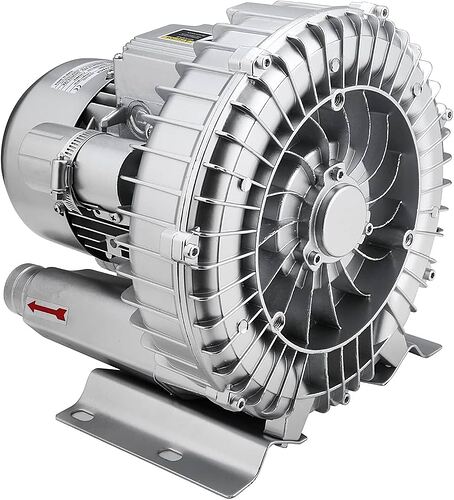@cyclopath @IlluminatedExtractor @Lincoln20XX
Ok so electricity is an issue in the African highlands
As is shear volume
So 1 of the main things that should improve is the drying of flowers or kief since with the traditional process a LOT of the terpenes are lost to atmosphere you will hardly find hasj made in Marocaine with more than 1% terpene content hasj
A concentrate !!!
Freeze drying is not an option so I started playing with the disicator tech
Take a vessel place anhydrous calciumchloride in and place the flowers on top making sure they do not risk touching the salt
And it works flowers are dry in 6 days
Now this is easy at a small scale some filterplates and spools made the drying vessel
Flowers are less discolored
Terpenes are more present ( no data yet) but deffenatly true
But to implement at scale there are some variabels I played with and I would like to hear your thoughts
Although I have a hunch of what would be best I find it hard to find the scientific data since it s evaporation under different circumstances
So calciumchloride or silica gel ???
The downside of silica gel it s expensive
It s a moisture absorber but not as fast as calciumchloride it can hold some water but not as much as calcium chloride
The good thing is it does not form a crust it can easily be regenerated in an gas oven ( no electricity)
calcium chloride can hold on to a lot of water
But it can hold on to so much it becomes a liquid brine
It s cheap
It s hard to regenerate since it will clump
And I dare say I am assuming it a less dangerous if contamination happens on the flower ( debatable)
So then once the disincentive is chosen there are some questions regarding parameters
I have done r and d in the following manners
Pull a vacuum on loaded vessel
Pull a vacuum on loaded vessel and backfill with argon or nitrogen to atmosferisch pressure
Pull a vacuum and backfill to a low vacuum
Contemplating on backfilling to 15psi to highten boiling point of terpenes but this is a thingy will flower still dry ??
Now all backfill options worked even better when some circulation took place by means of a vacuum pump with it a exhaust pushing back in the same vessel treu the disicant
But calcium chloride makes a crust and thus inhibits it s surface area and motion needs to be applied once in a while to break this crust
Questions are
How do you calculate evaporation of water in inert gas atmosphere ?
Would you have your disincant in side the vessel or outside like a molecular sieve air dryier for compressors ?
At what temperature would you hold your vessel ?
All my trails where at 15C or -40C
Personally think 4C should work
At last I was wondering what vessel would you recommend to scale this
My options so far are
Vacuum vessel for drying wood
Sawdust drier
Vacuumtumbler
Pressurized vessel if I can figure out if flowers will dry wich technically should be possible if the circulating gas/air is dry enough
I would do more r and d if it was not an issue to find fresh flowers this time of year and want to implement this coming harvest so I need to decide now
Thx as always
